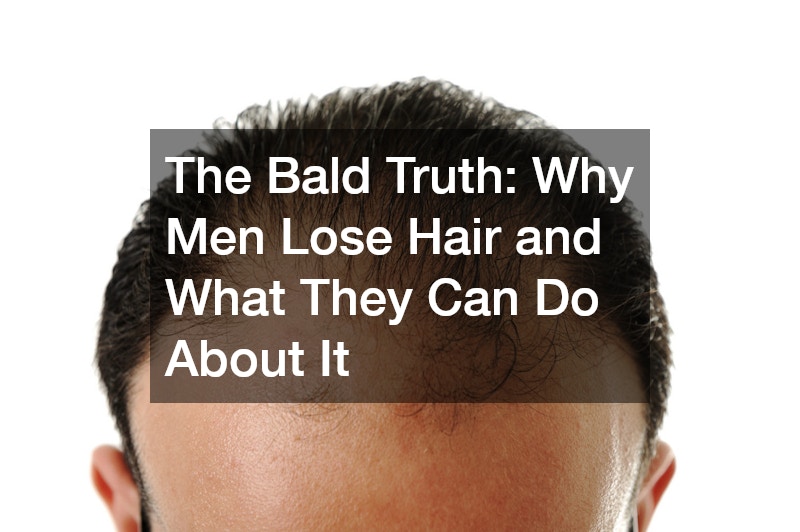Male pattern baldness is a common condition affecting many men as they age, and understanding its causes can help in managing expectations and embracing the changes. Officially known as androgenetic alopecia, this condition begins with a receding hairline and thinning on the crown, often progressing to more noticeable bald spots.
Understanding the Causes
The primary driver behind male pattern baldness is genetics. If your family members, such as your father or uncle, experienced hair loss, there’s a higher chance you might too. This hereditary pattern means that the condition is deeply rooted in your family history.
Hormones also play a crucial role in hair loss. Specifically, dihydrotestosterone (DHT), a derivative of testosterone, is a major culprit. DHT affects hair follicles by shrinking them, which leads to the production of thinner, shorter hair strands. Over time, this hormonal impact results in the gradual thinning and eventual loss of hair.
As men age, hair growth naturally slows down. Hair follicles produce less hair, and existing hair may become thinner. This age-related change contributes significantly to the development of baldness in older men.
Historical Perspective
Male pattern baldness is not a new phenomenon; it has been observed since ancient times. Historical figures such as Julius Caesar and Hippocrates were known for their baldness. Despite the historical prevalence, the quest for solutions has been ongoing, with various remedies being explored over the centuries.
Treatment Options
While there is no cure for male pattern baldness, several treatment options can help manage the condition:
- Medications: Drugs like minoxidil and finasteride can be effective in slowing hair loss and promoting new hair growth. These treatments help by addressing the hormonal imbalances and stimulating hair follicles.
- Hair Transplants: A hair transplant or hair implant procedure involves relocating hair from areas with active hair growth to bald spots. It can provide a more permanent solution for restoring hair in affected areas.
- Lifestyle Changes: Maintaining a healthy diet, managing stress, and avoiding harsh hair treatments can also support overall hair health. These lifestyle adjustments may not reverse baldness but can help in maintaining the remaining hair.
Embracing the Change
By age 50, about 50% of men will experience some level of hair loss. While this statistic might seem daunting, embracing baldness can be empowering. Many men choose to shave their heads completely, joining the ranks of confidently bald celebrities. Ultimately, confidence and self-assurance are what matter most, reflecting that it’s not about the hair on your head but the shine in your smile.
Closing Thoughts
Male pattern baldness is a common part of aging for many men, influenced by genetics, hormonal changes, and the natural aging process. Although there is no definitive cure, various treatments are available to manage the condition and slow its progression. Whether opting for medications, hair transplants, or simply embracing a bald look, maintaining confidence and a positive attitude is the secret to handling hair loss with grace.
.


